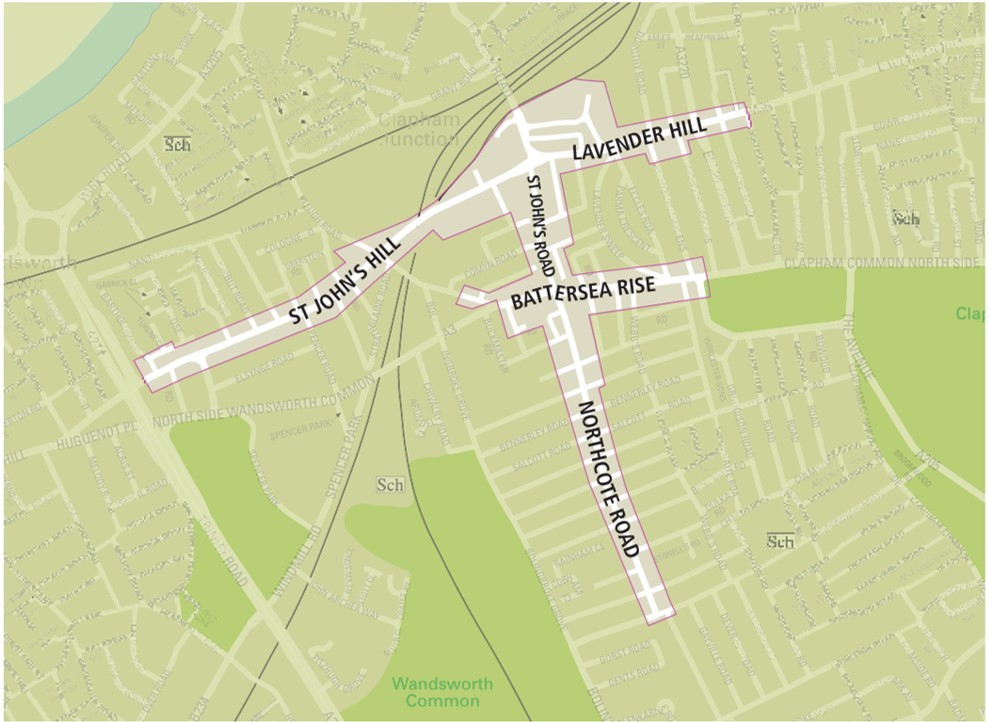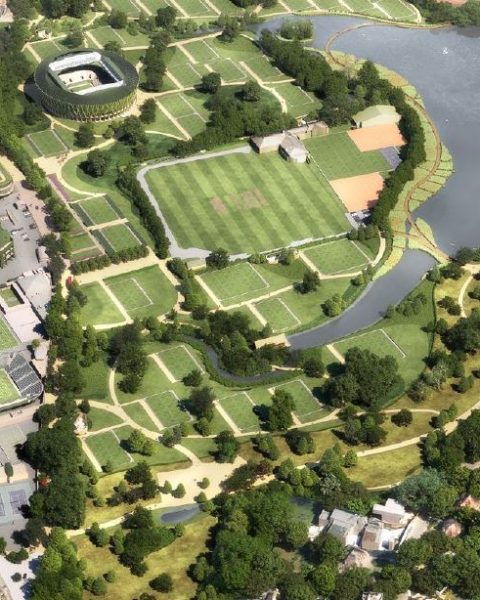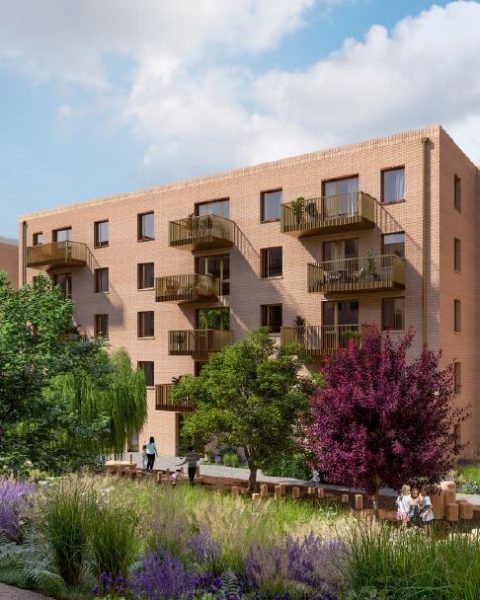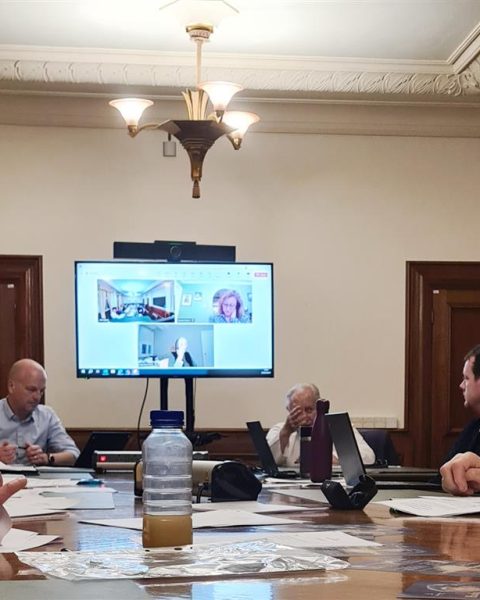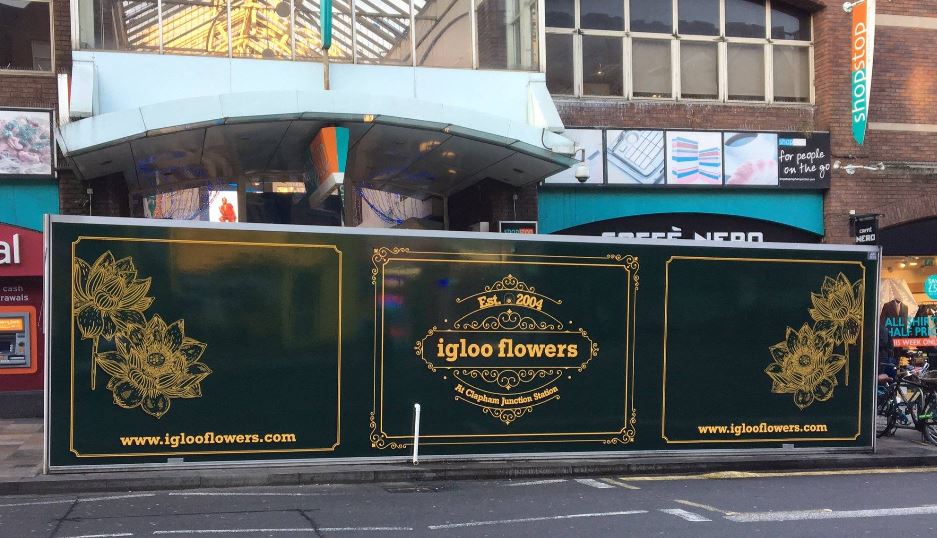Part of the retail businesses in Clapham Junction are now grouped into a geographical area association called Business Improvement District (BID) in which the local businesses have voted to invest together to improve their environment.
The Clapham Junction BID includes a long stretch on St John’s Hill, St John’s Road, Northcote Road and a small part of Lavender Hill, Battersea Rise and Falcon Road.
During the BID’s first five year term, which will end in 2024, the BID key priorities were defined as: Marketing and Promotion, Safe & Welcoming and Events & Festivals.
The BID’s finances and projects
The BID has provided plenty of support to local businesses throughout the pandemic. It became a helpful resource for BID members, looking for advice on grants and landlord concerns, facing anti-social behaviour and difficulties on business marketing… etc.
As many businesses were not able to pay, the organisation also decided not to enforce levy payments in 2020/21. However, they still received 67% of the total contributions and they also got some central government grants. In the meantime, they did not use most of the money, so they have now a surplus of £104,478.90.

For the immediate future, they are planning to install 14x biodiverse Living Pillars in May, around the immediate junction (St John’s Road, Lavender Hill and Falcon Road). This Clapham Junction BID initiative is designed to encourage biodiversity in the BID area and enhance the streets. A Living Pillar (see company Scotscape) features sustainable planting on lampposts, coupled with an integrated irrigation system driven by solar panels.
The BID replaced a Council funded organisation to promote business
This organisation replaced the Clapham Junction Town Centre Partnership Board (CJTCP) which the Council decided to stop funding in 2018 (initialy 2015 but later renewed for longer).
Wandsworth Town Centre Partnership Boards were set up in the 5 borough town centres (Clapham Junction, Wandsworth, Balham, Putney and Tooting) and board members consisted of local businesses owners, voluntary and community groups, Wandsworth Council and other local representatives. The purpose was to help co-ordinate, develop and improve the commercial, residential and environmental aspects of the Wandsworth Town Centers in a sustainable way.
The obvious purpose of the change was for the Council to save money by cutting funding to the Town Centre businesses (each of the 5 town centres costed about £80-100k/year) and force them to move to self funding. The solution was to set up a a Business Improvement District (BID) for each area, which is an organisation within which businesses are required to pay an additional tax (or levy) in order to fund projects within the district’s boundaries (in theory 1-2% of the business rate value of each business participating will go to fund the organisation).
In November 2018, businesses in the BID area agreed to pay a ‘levy’ of 1.5% of their rateable value. As a principle of the system, once a BID is agreed, ALL businesses must contribute (there is no choice to opt-out, even if they voted against the BID). However, there is a threshold of minimum rateable value of £17k for businesses in the Clapham Junction BID to be required to pay the levy.
It means that small businesses below the threshold which are included into the BID zone don’t have to pay, but do not have the right to vote anything either (based on the rule no money, no vote).
The new business organisation collected £338,894 for its first exercise in 2019/2020, and £253,696 in 2020/2021. According to the Junction BID website, they forcast a yearly income of approximately £370,500 over 5 years.
Zones with smaller businesses and more independent shops excluded from the BID
Unlike the CJTCP system based on shared interest, with an equal voice to all businesses, the BID organisation counts all votes in portion of the business rate contribution (therefore big business have much more weight in the vote).
As a consequence, many businesses are no longer represented. This is the case of the retails along Falcon Road and the majority of Lavender Hill, which – unlike their counterparts in St Johns Hill and Northcote Road – are not paying enough business rates and therefore have been excluded from the BID zone.
Harvey Kutner, who represented the Lavender Hill Business association in the CJTCP board, said:
“They decided to include the more profitable businesses and leave the less well-off. You either choose to tackle the mess or ignore it, they chose to ignore it.”
Which representation for community groups?
CJAG was part of the Clapham Junction Town Center Partnership board until 2018, and you can read our reports of the meetings in the dedicated section. CJAG was excluded from the BID, as other representatives of the Community, as they don’t provide any funding to the new organisation (and maybe because CJAG was being too transparent in reporting meetings?).
However, the Board members’ list shows that they still accept a representative of the Battersea Society and a Conservatives Councillor as trustee and advisor, in addition to the former CJTCP organiser, Lorinda Freint, both labelled as advisors.
They also say that rules could be implemented to accept community groups or specific bodies. Their latest report says: “The BID works with traders’ associations and community
groups to promote an exciting program of events“. However it does not seem that either CJAG or Lavender Hill For Me community forum, which are two important community groups in the area, have been contacted so far.
NB: The Clapham Junction BID has been contacted for comments. Although their executive director responded to our initial email, she only provided details about their future projects (the Living Pillar above) and has not responded to any of our questions listed in email, including: financial contribution questions, threshold and commercial zones, members of the boards, community involvement, misleading information on the Council’s website.


